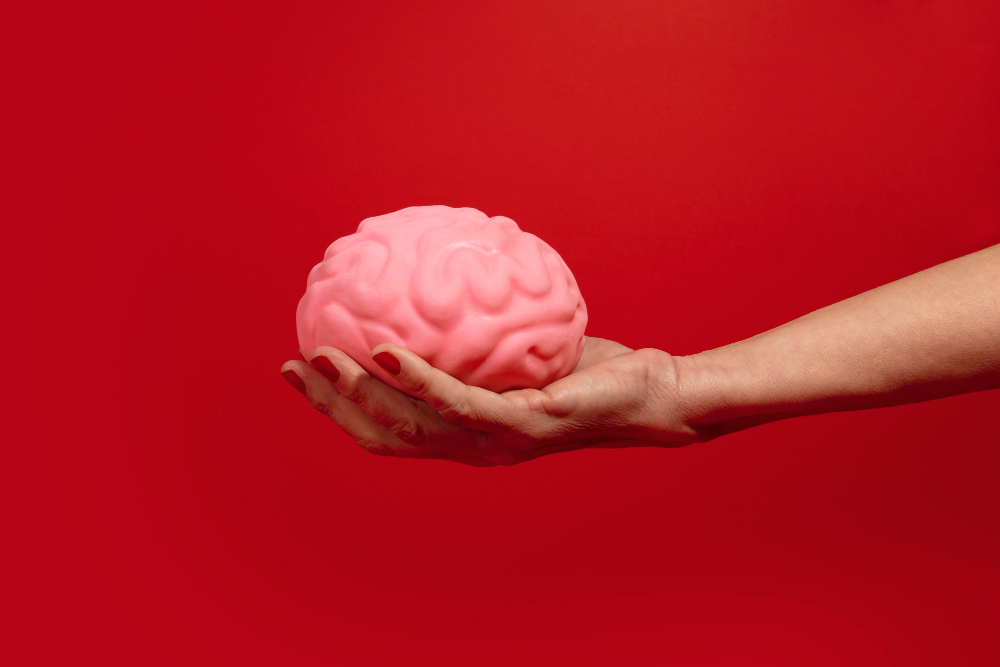Scientists map genetic blueprint of the brain’s communication bridge
Over 50,000 brain scans were analysed with an AI tool to reveal how genetics influence the size and thickness of the corpus callosum.

Researchers have mapped the genetic architecture of the corpus callosum, the thick bundle of nerve fibres connecting the brain’s left and right hemispheres, for the first time.
The Stevens INI at USC analysed MRI and genetic data from over 50,000 people using AI to identify genes affecting the corpus callosum’s size and thickness. Many of these genes are active during prenatal brain development, when neural wiring is established.
Abnormalities in the corpus callosum have long been linked to conditions such as ADHD, bipolar disorder, and Parkinson’s disease. The study found that separate genes control the corpus callosum’s area and thickness, with overlaps linked to the cerebral cortex and mental health disorders.
Scientists say these findings provide a molecular-level understanding of why changes in this key brain structure are associated with neurological and psychiatric conditions.
The AI tool automatically identifies and measures the corpus callosum from MRI scans, greatly speeding up analysis. Making the tool open-source allows scientists worldwide to study brain structure faster and more accurately, supporting research, diagnosis, and potential treatments.
By combining massive datasets with AI, the study sets a new standard for neuroscience research. The approach shows how AI can transform brain research, providing scientists with tools to study the genetics of cognition and neurological risk.
Would you like to learn more about AI, tech and digital diplomacy? If so, ask our Diplo chatbot!

